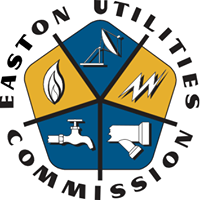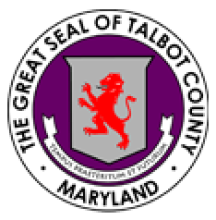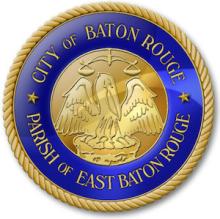Talbot County, Maryland, RFI: Due Date September 1st
Talbot County, Maryland, has issued a Request for Information for Partnership for Deployment of High-Speed Broadband (RFI). Submissions are due no later than September 1st.
Looking For Ideas From Potential Partners
The RFI describes the county’s desire to work with a private sector partner who can bring gigabit capacity (1,000 Megabits per second) to the community. While county leaders prefer Fiber-to-the-Premise (FTTP) they note that the rural character and geography of the region may require a hybrid fiber/wireless solution.
The county plans on offering assistance in obtaining grant funding, providing access to rights-of-way and existing public assets, and easing any partner through the permitting process. The county encourages all types of entities to submit responses, including incumbents, cooperatives, and nonprofit organizations.
This Is Talbot County
Approximately 38,000 people live in Talbot County, which is located on the state’s eastern shore of Chesapeake Bay. Both Baltimore and Washington D.C. are 90 minutes away; Easton (pop. approx. 16,000) is the county seat.
Agriculture has been an important part of the county’s economy since European settlers landed there in 1630 and it continues today with corn, soybeans, and poultry. Healthcare is also an economic driver in part due to the high number of retirees in Talbot County. Tourism that centers on the community’s proximity to the ocean also employs many residents.
The Connectivity Situation
Fiber-coaxial networks exist in Talbot County, including a municipal network in Easton and areas in the county where private provider Atlantic Broadband offers Internet access. Many of Atlantic Broadband subscribers are in the bay communities in the western areas.
 The RFI states that incumbent Verizon supplies DSL via its copper infrastructure to more populated areas. There is also fixed wireless available in some areas.
The RFI states that incumbent Verizon supplies DSL via its copper infrastructure to more populated areas. There is also fixed wireless available in some areas.



